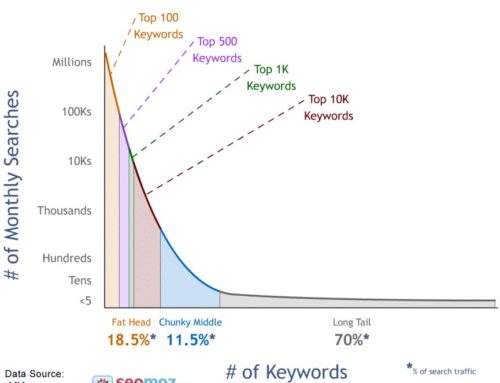I was reading an article written by Jim Clinton, CEO at Gallup. The title of the article was: “America is Losing Jobs by Ignoring Its Best Trading Partners.” The article discussed how the we spend so much time focused on Russia, China and the Middle East, all of which are very small players in the GDP here in the United States. The article went on to say that Mexico and South America are much better friends to us and represent a much larger piece of our GDP and therefore, our economic situation.
“So what?” you might ask. “What does that have to do with my business?” It was a paragraph near the end that caught my attention and brought this all down a more personal business level for me. If you and I spent all of our time with our smallest, least profitable, worst customers and barely spoke with or celebrated our biggest customers — the ones that fund our businesses — it would not be a very good way to run a company.
How often do you find yourself running around in circles to serve one of your less important customers while ignoring your bigger, more loyal and profitable ones? This clearly is not the way to stay in business, allocating your valuable time and efforts to what will be a low profit endeavor.
Focus on the right Customers

It’s time to start focusing on the right customers – those who will keep your doors open. Take some time to categorize your customers into A, B and C categories. Put all the great clients in to Category A. Those are the ones you know you achieve higher profits from, while spending less of your resources. Then, put those clients you think can become A customers with a little effort into Category B. Category. C is the remaining group of low profit, high cost customers that you would do better without. Don’t waste another day, hour or minute on customers who are not adding to the stability and success of your company.
Set ‘Best Customer’ strategies
Set some strategies right now to pamper those A customers and let them know they are valuable to your business. Show them that you appreciate them. Then, create strategies for moving those B customers up into your A category. Finally… or perhaps this should be done first… decide how to get rid of the Category C, low profit, high maintenance customers. You needn’t be rude about it. Suggest that due to your busy schedule, you will be unavailable to work with them. Recommend them to another account representative or colleague who is building a client list, or someone new in your field that can meet their needs.
All businesses have limited resources: human resources, time, materials and funding. Efficient use of each one is critical to your company’s stability and success.






